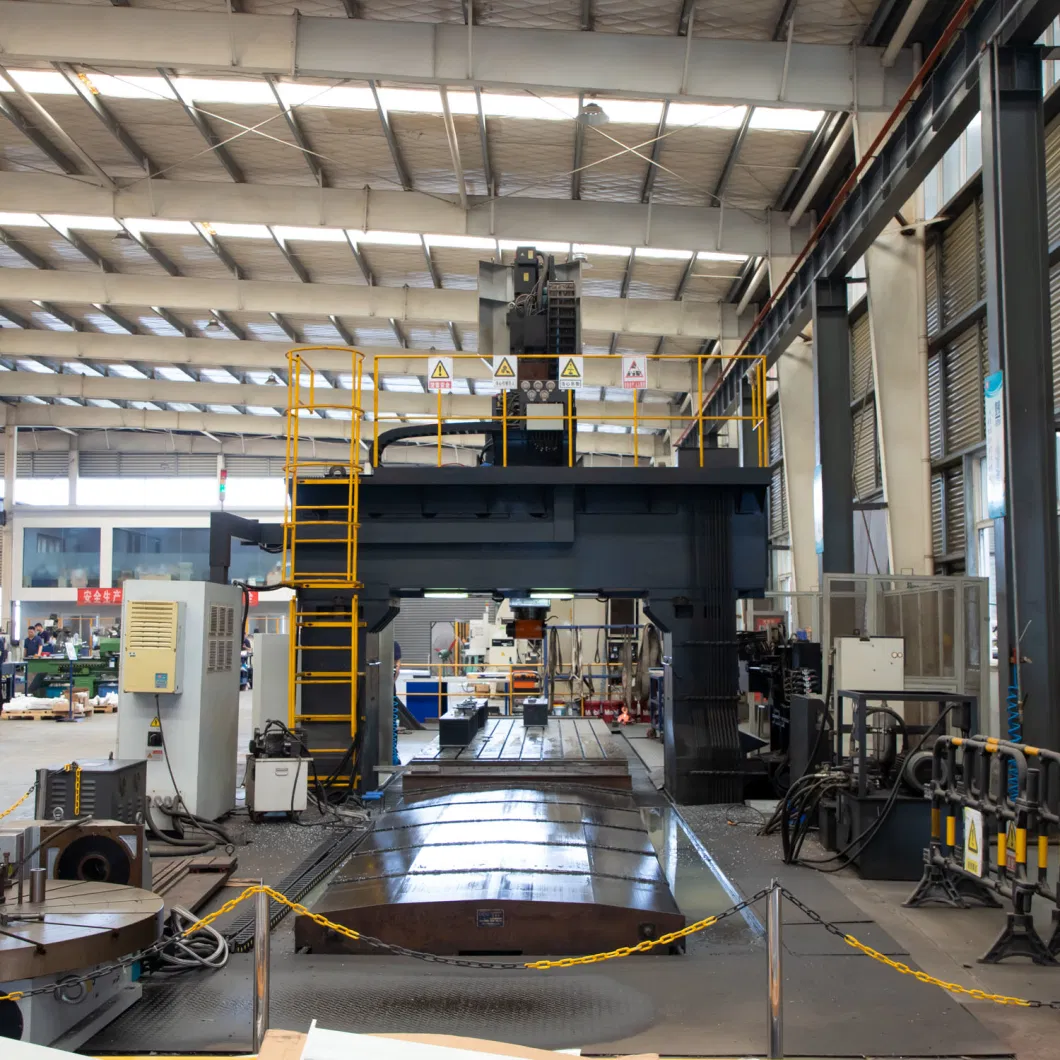- Overview
- Product Description
- Detailed Photos
- Certifications
- Electrical components
- Work shop
- Our customers
Basic Info.
Product Description
Whether it's in cans, trays or pouches, wet pet food is made with animal meat byproducts such as liver, lungs and kidneys which are not used for human consumption. The wet pet food production line consists of several parts: various grinders, deboning machines, gravy mixers, product transfer equipment, packaging and sterilization equipment.
The raw material, whether meat, vegetables or fish can be fresh or frozen. When working with frozen products it is to avoid contamination. The meat by-products are deboned and ground with industrial grinders. Only then are the vegetables mixed with the meat to prevent them from breaking down in the grinders. Dry ingredients like grains, minerals and vitamins provide the animals with the proper nutrients, based on their age and size. For example, pea fiber, flaxseed, and glucosamine hydrochloride are added to wet pet food for senior dogs to help digestion and improve joint function.
After combining all the ingredients, wet pet food is transferred into its packaging- cans, trays and pouches. Sealing the packaging of wet pet food is absolutely crucial, because an airtight seal, along with proper sterilization, guarantees the product has a stable shelf life. Sterilization destroys any harmful microorganisms and wet pet food has to be sterilized at a temperature of 121.1°C
Retort sterilization occurs after the product is packaged into its plastic pouches or cans and then heated up to ensure complete sterilization of both the food and the packaging. With regard to consumers, food pouches are becoming more popular than cans for wet pet food. Food pouches are re-sealable and cost-effective, making dosing a meal easier for the consumer.








